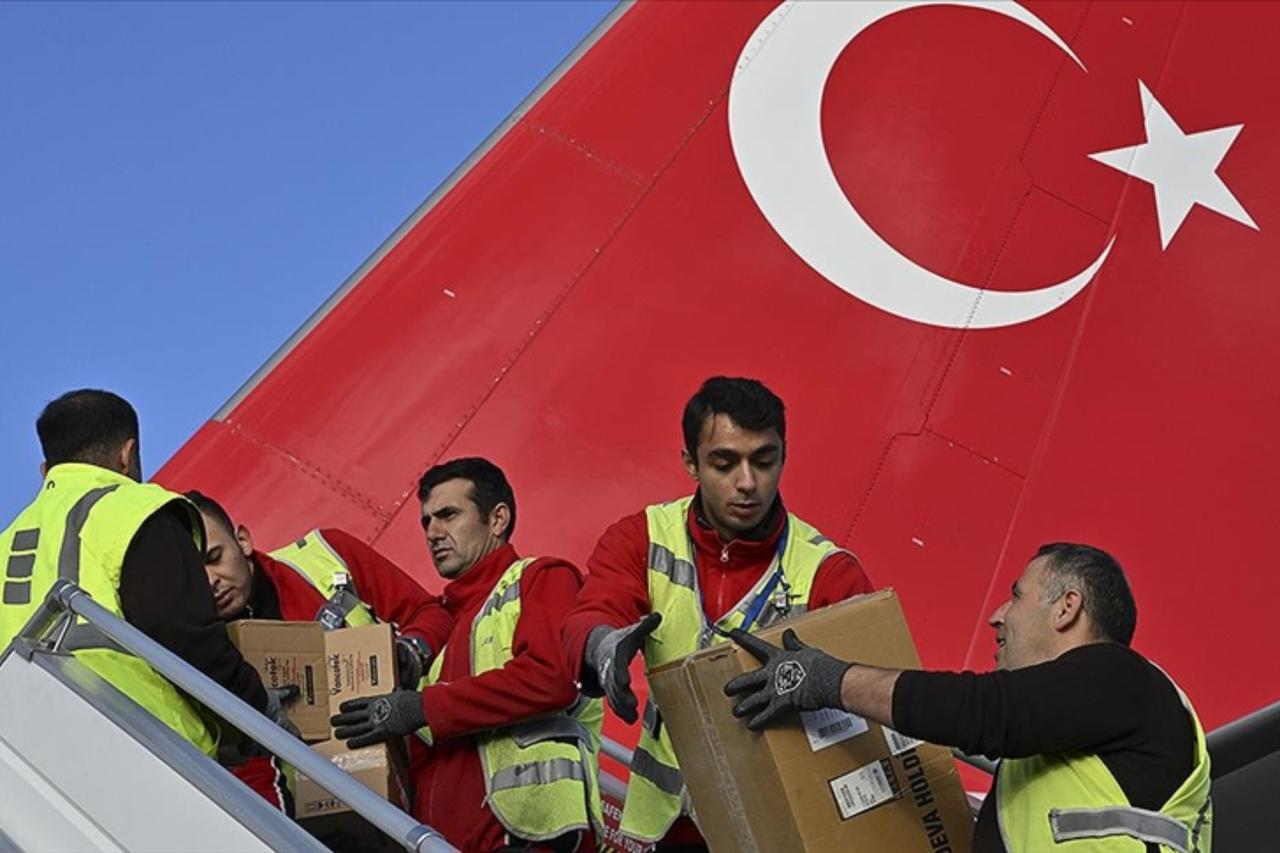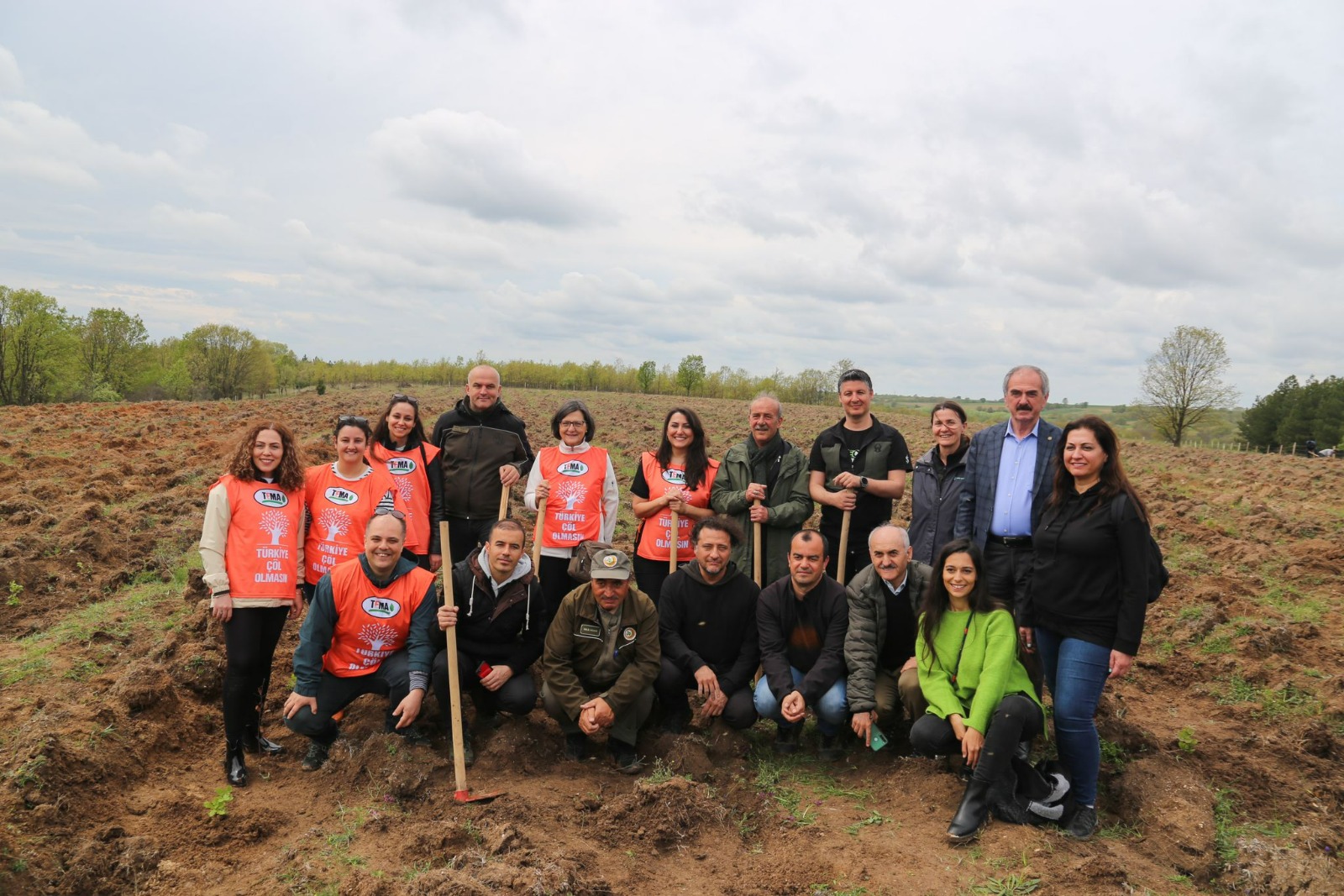
Türkiye ranks among the world’s leading humanitarian donors, according to the U.K.-based Development Initiatives, which annually tracks global humanitarian aid flows. The prominent status of the nation is not only related to state-led initiatives but also of a domestic culture of giving and a culture that has been reshaped over the past two decades by changing social dynamics, political identities, and institutional structures.
A long-running research series on individual giving and philanthropy reveals how Türkiye’s society is transitioning from informal, individual donations toward more structured, institutional giving.
These findings offer insights into how Turks engage in charity and volunteerism and how these behaviors intersect with broader societal trends, from urbanization to political polarization, as well as the motivations behind donations and the public’s trust in various organizations.

One of the most striking shifts is the growing preference for institutional channels when it comes to giving. In 2004, only 18% of donations were made through organizations. By 2024, this figure nearly doubled to 35%, signaling a steady trend toward formalized philanthropy.
Volunteerism followed a similar path. While only 6% of individuals reported engaging in volunteer work in 2004, this rate climbed to 13% in 2024. Specifically, volunteering within non-governmental organizations (NGOs) also rose in parallel with this trend.
The financial scale of giving has also expanded dramatically. Over the past twenty years, the per capita amount donated grew by a factor of 7.6 in real terms.
The aftermath of the devastating 2023 earthquakes highlighted this shift in action. Approximately 65% of respondents said they participated in donation or volunteer efforts after the disaster, as an indicator of how emergencies often galvanize public solidarity and participation in formal relief activities.
Despite these institutional gains, cultural and religious motivations continue to play a central role in Türkiye’s philanthropy landscape. However, the way these motivations translate into action is evolving.
Overall, donations explicitly tied to religious motives have declined, yet those who do give for religious reasons tend to contribute higher amounts than before.
Traditional religious forms of charity, including fitre, zakat, and kurban, remain prevalent but are still mostly given directly to individuals rather than through institutional channels.
This trend underscores a persistent preference among many donors for personal connections in religious giving, even as broader philanthropic behaviors shift toward formal institutions.

While volunteerism has grown overall, participation remains limited in certain sectors. Organizations focused on environmental issues, disaster preparedness, and professional associations report volunteer engagement rates hovering around just 1.7%.
Environmental and animal rights groups also attract similarly low levels of volunteer support. At the same time, traditional membership structures, such as sports clubs and political parties, have experienced declining participation.
The selective civic engagement landscape of the country, with certain causes and organizations struggling to attract sustained volunteer interest, points to different interpretations, as it shows that the public cannot relate to these issues
Türkiye’s rapid urbanization has been a key factor influencing these shifts. Over the last two decades, the share of the population living in urban areas surged from 65% to 93%, reshaping social norms, networks, and philanthropic behaviors.
Economic self-perception also plays a role. Those who perceive their financial situation as poor are generally less inclined to make monetary donations but may still engage as volunteers, highlighting how economic pressures influence the form, though not necessarily the spirit, of civic participation.
Political identity emerges as a significant factor shaping both giving behaviors and institutional trust. In a polarized political environment, attitudes toward charity and volunteering often reflect broader partisan divides, affecting both who gives and to which organizations they contribute.
For instance, individuals with a conservative political outlook often tend to favor religious charity organizations. This way, the nation’s religious philanthropic institutions often grow large enough to gain influence abroad.
Moreover, over the past two decades, the shift in which organizations come to mind when people think of humanitarian assistance has mirrored changes in political power, as conservative organizations are on the rise.
Certain organizations have emerged as particularly trusted within Turkish society. Among them are Ahbap, LOSEV (The Foundation for Children with Leukemia), and TEMA (The Turkish Foundation for Combating Soil Erosion), all of which enjoy high levels of public credibility.
While most of the philanthropic behavior in Türkiye is still largely shaped by religious motives, it is notable that the most trusted organizations tend to stand out with a secular emphasis on their image.
The Turkish Red Crescent (Kizilay) presents a compelling case study of shifting public engagement. In 2004, Kizilay’s donor base was negligible. By 2024, however, 11.6% of respondents reported donating to the organization. Even more striking is the rise in volunteer participation with Kizilay, from just 1% in 2004 to 33% in 2024.
Other notable organizations include LOSEV, with a donor rate of 6.6%, and Ahbap, with 5.7%. Environmental and animal welfare organizations attract around 4.3% of donors, while religious charities like IHH have also neared the 4% mark.
These figures suggest that while trust in certain organizations has grown, sometimes dramatically, many sectors of civil society continue to operate in a crowded and competitive philanthropic space.
In a country where humanitarianism has become both a domestic tradition and a foreign policy tool, the evolving patterns of giving offer a revealing look at how societal change is reshaping both individual behavior and institutional trust.
The recent data reflects a philanthropic landscape in transition. Institutional giving and formal volunteering are on the rise, yet traditional personal and religious motives remain deeply ingrained.
Economic realities, political identities, and urbanization continue to shape how Turks engage with charitable causes and civic life.